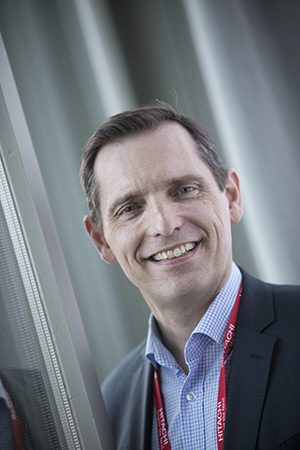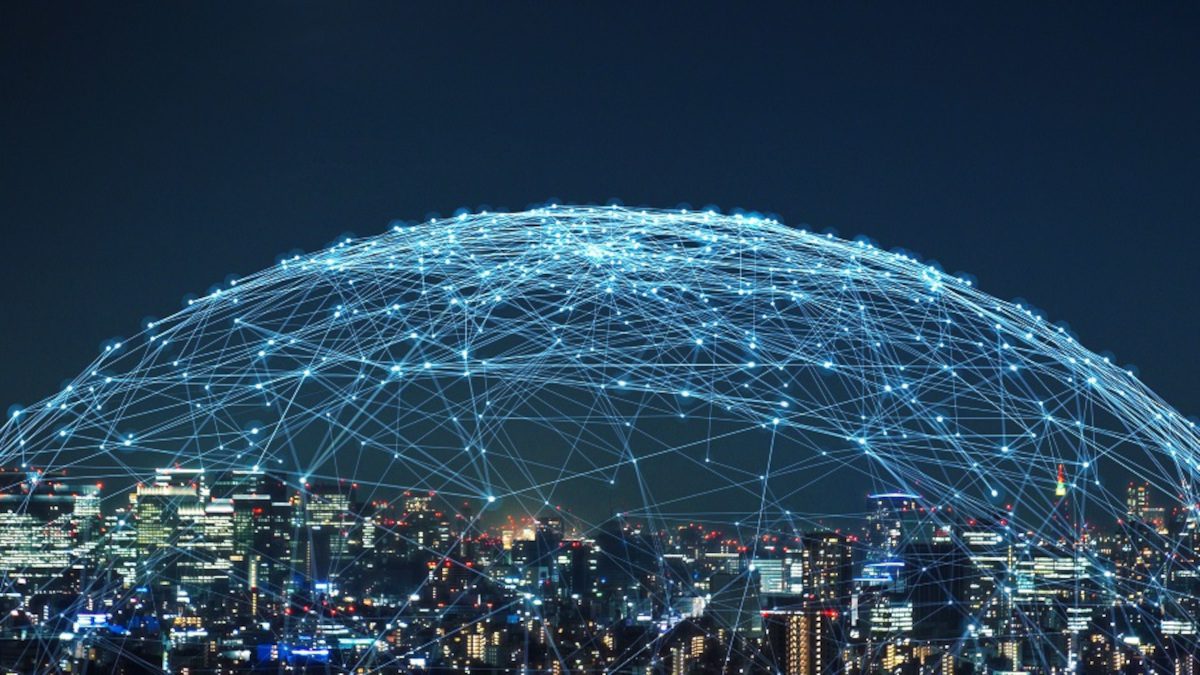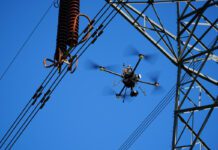
How is technology helping to address the challenges faced by power grids? Tom Christensen writes
Despite popular belief, electrification does not always lead to a reduction in carbon footprint. According to the International Energy Agency, global electricity demand rose by more than 6% in 2021, the largest increase since the recovery from the financial crisis in 2010. Due to demand, even with the rapid growth of renewably generated energy, electricity generation from coal and gas is at record levels.
To generate electricity, we require energy and 65% of this energy is currently coming from fossil fuels. It may seem counterintuitive, but when we convert transportation systems from fossil fuel energy sources to electric systems carbon emissions may actually indirectly increase, as fossil fuels often generate the electricity required.
For now, fossil fuels are still the most efficient means of energy production and the most economical and reliable way to generate electricity. To redirect our energy usage towards renewable sources, the UK government has recently awarded £6.7 million in funding to UK projects to support the development of new energy storage technologies. This energy storage will be crucial as the UK transitions towards cheap, clean, domestically-produced renewable energy. Similarly, the US and Canada have targets to double electricity consumption and be carbon-free or net-zero by 2050.
The energy distribution model is becoming decentralised
The increasing use of renewably generated energy is a major shift in the way that we generate and distribute power to and across a nation. If we look at it from a historical perspective, we have, as an example, had few centralised nuclear factories to generate power to an entire nation. Many nations are now instead moving towards a decentralised electricity generation where each private house, farmer or a store produce electricity using windmills or solar panels, for example. While there is certainly room for growth here – currently, only 3.3% of UK homes use solar energy – solar is a key example of new sources of energy in a modern world. What’s so great about solar panels is that excess energy is returned to community for those that need it.

How to stabilise energy delivery
While there is some way to go, greater and more strategic digitisation can help electricity suppliers leverage advanced technologies to manage these alternative energy sources while providing insights to make better, data-driven decisions. For example, with new digitised energy platforms in place, suppliers can host and interconnect data from the variety of renewable energy sources, such as wind and solar, with greater flexibility and security, and with the knowledge that the grids and networks remain reliable, resilient, and flexible.
And, when accelerating this transition towards a carbon-neutral energy system, innovation is key. The shift to decentralisation requires new advanced grid network to ensure load sharing to secure stable supply of energy to an entire community. This requires an understanding of the real-time capacity of each energy source supplier and then make distribution decisions as the need accrues.
Technology plays a central role in gathering an overview of the current energy capacity. To effectively manage the energy supply power grid requires the collaboration between both information technology (IT) and operations technology (OT) expertise. For example operational technology (OT) can involve transformation stations, wind turbines, solar panels, while advanced analytics and artificial intelligence can be used to make load balancing decisions. Over time, the lines between these two teams’ roles have blurred, and digitalisation has further accelerated this convergence as data is collected, analysed, and shared across both organisations and systems.
This combination of OT and IT capabilities enables Hitachi Vantara to develop a range of solutions for social innovation and is perhaps best exemplified in our Lumada portfolio, which includes our industry-leading industrial IoT (IIoT) platform. Every day, these solutions help our clients to operate, analyse and optimise trillions of dollars of assets. Because infrastructure failure poses a risk to life, we work closely with our colleagues at Hitachi Energy to achieve safer, more resilient, and sustainable operations. During these projects, Lumada uses AI-based digital solutions that automate inspection processes by analysing visual inspection data to deliver the insights needed to reduce outages, improve worker safety, and extend asset life cycles. One way Hitachi Energy is supporting Germany’s energy transition is through the transmission of vast amounts of renewable energy between the north and south of the country, enabling a reduction in the use of fossil fuels and helping the country achieve carbon neutrality by 2045.
Innovation and the digitalisation of electricity generation
When accelerating the transition towards a carbon-neutral energy system, innovation is key. Accelerating the transition to a carbon-neutral, renewable energy system requires the adoption of policies and regulations to enable both new technology and new business models that support scalable, flexible and secure energy systems. To manage the complexity of enormous power system energy challenges, digital and energy platforms must become interconnected and integrated.
While the ultimate goal is to eliminate fossil fuel systems and replace these with renewable, sustainable alternatives, these systems will undoubtedly be around for some time. Therefore, the goal in the shorter term must focus on developing innovations to advance data collection and analysis of power systems and sensor technologies. This can make existing energy systems as efficient as possible, while also positioning them to transfer to net-zero carbon emission power systems in the near-future.
Importantly, the top two actions taken by UK businesses to reduce their carbon emissions in March 2022 were switching to LED bulbs and adjusting heating and cooling systems. This is indicative that it is more crucial now than ever before to utilise data as we exponentially collect more insights that can help indicate areas of improvement. These analytics can help assist businesses in identifying where infrastructure needs maintenance or updating.
Despite growth in sustainable energy sources, the persistent and growing demand for energy means that, at least in the meantime, innovation within the current electricity system is crucial to ensuing stable and efficient energy delivery. All ideas are welcomed in the effort to bolster the transition to net zero, and the combination of these solutions is what will help us realise our climate goals consistently, and on time.






